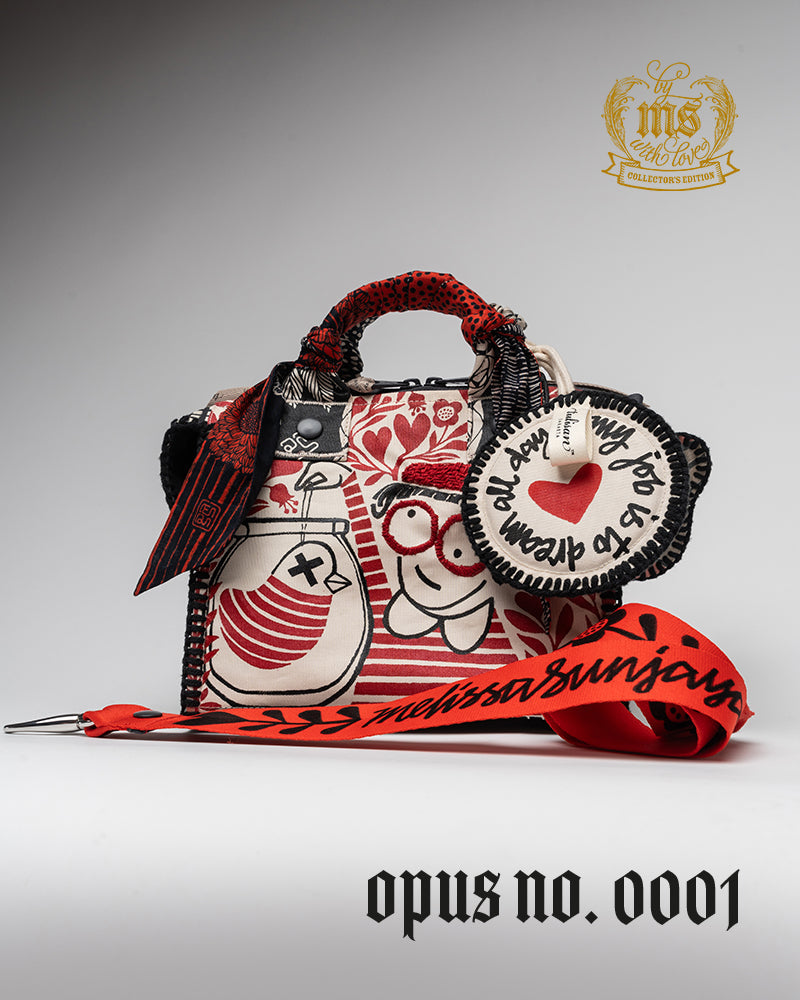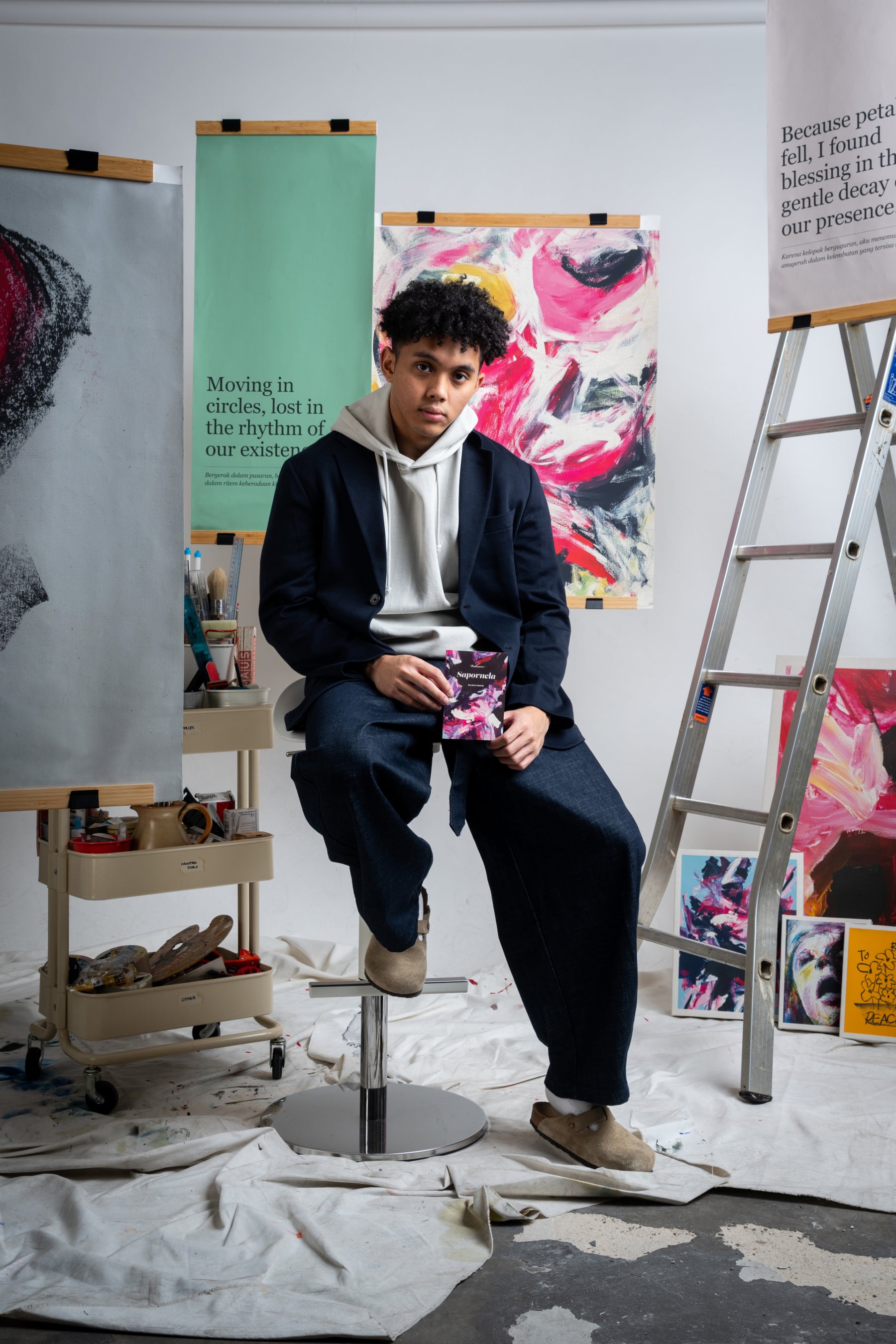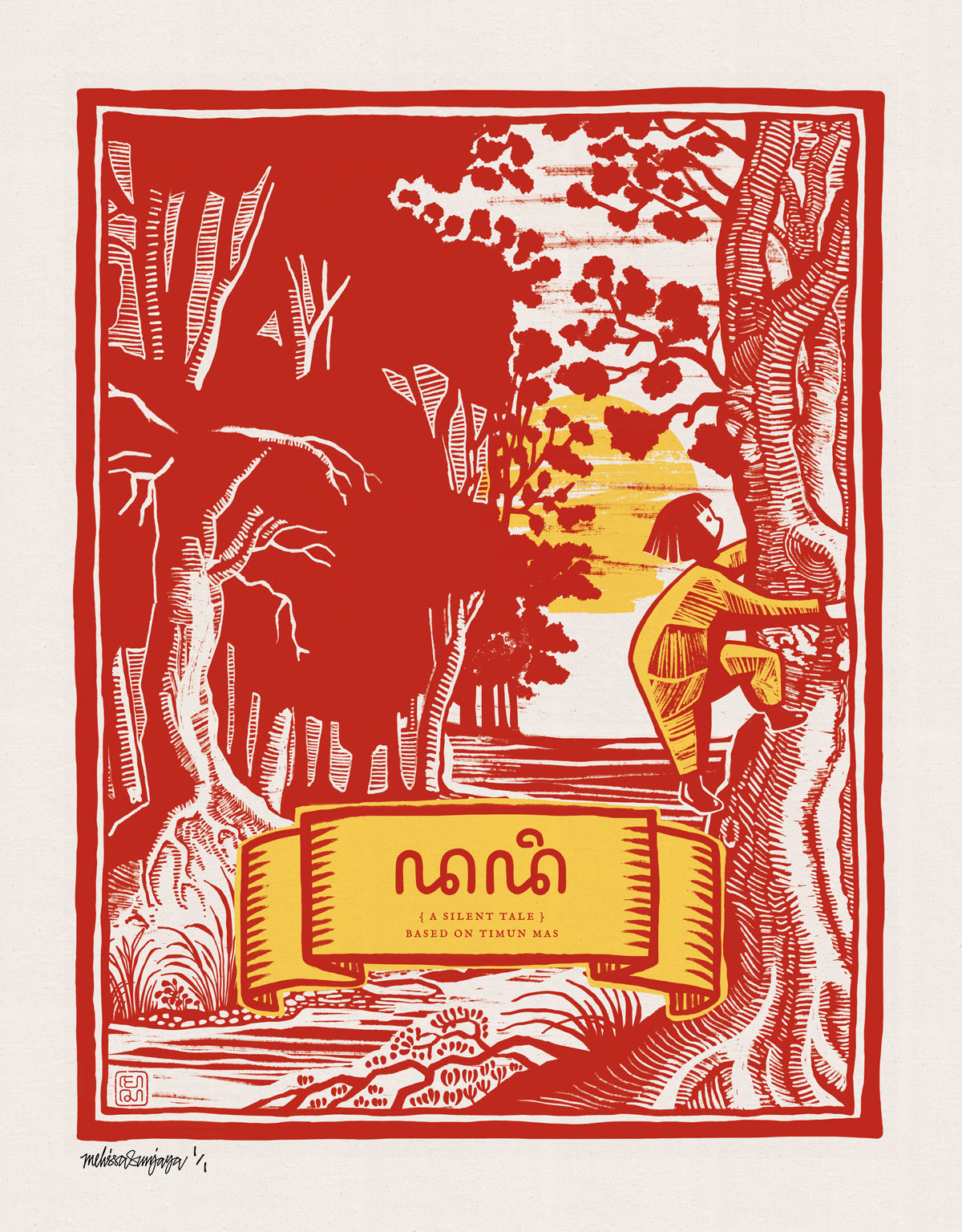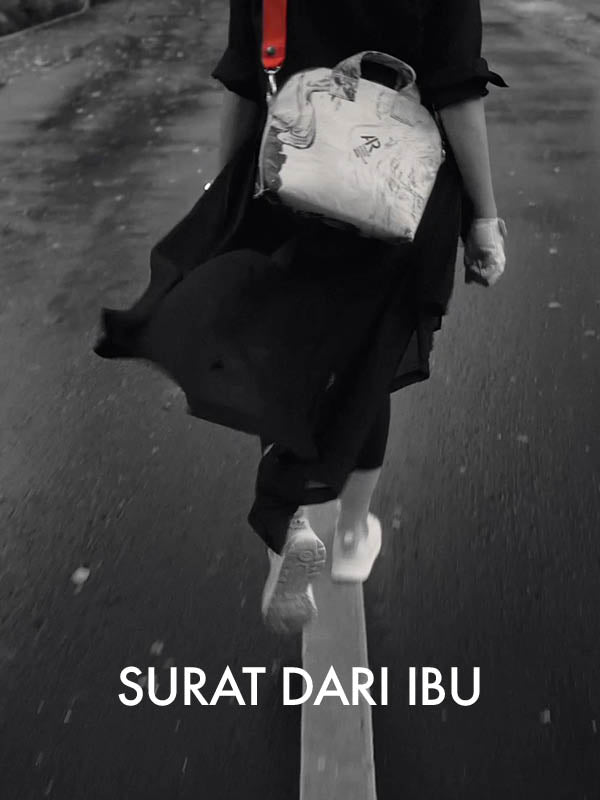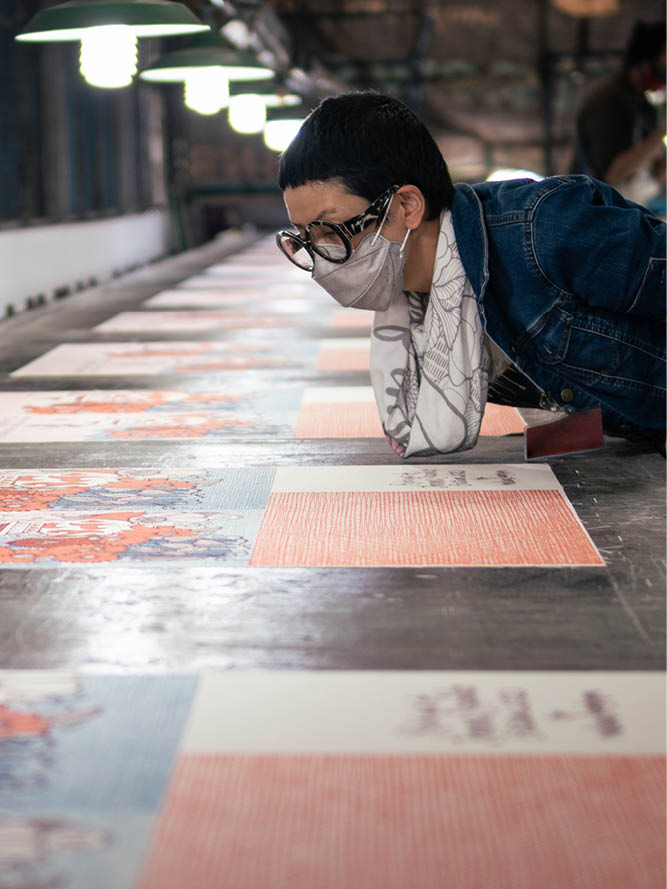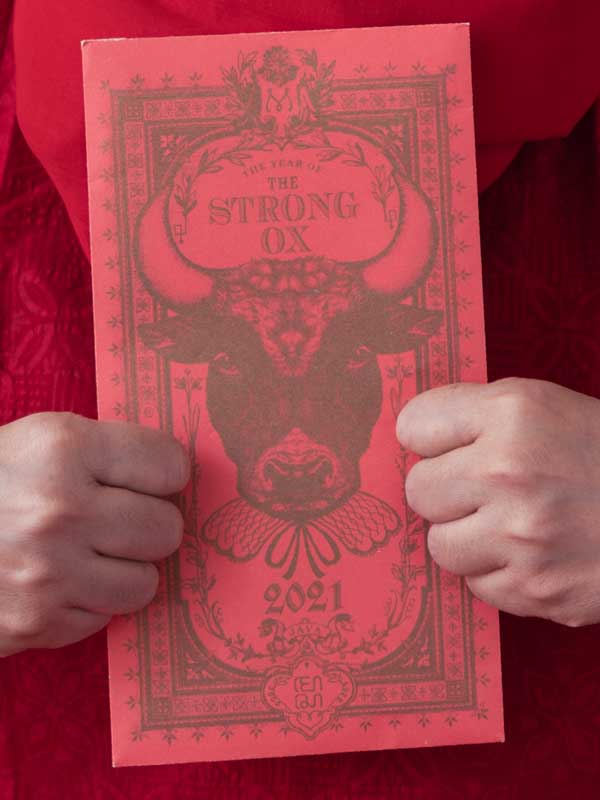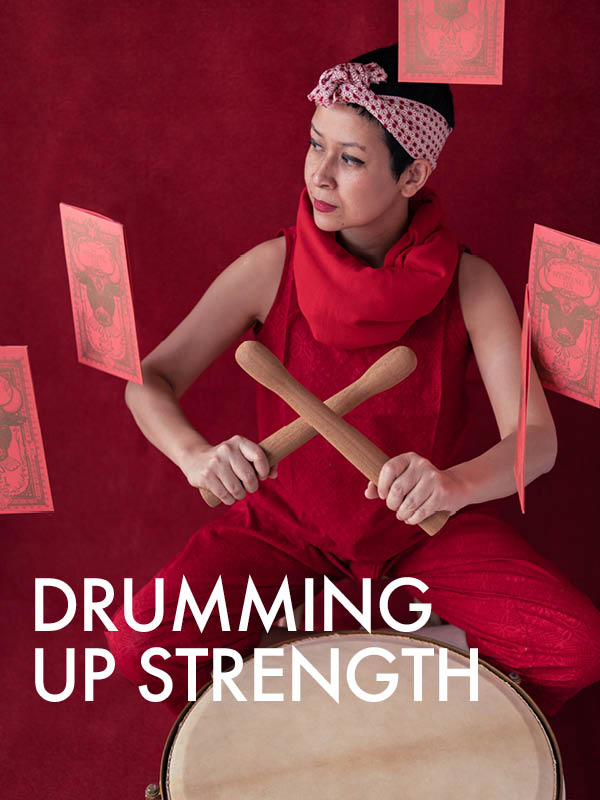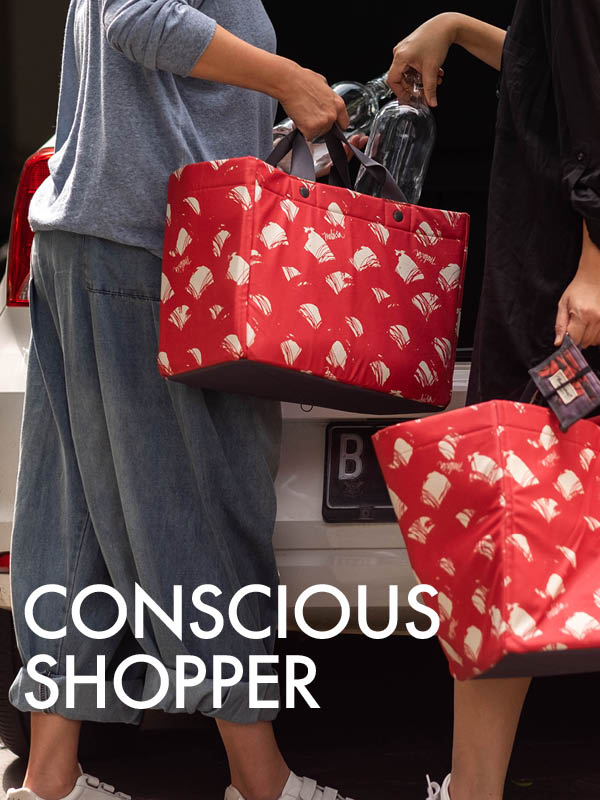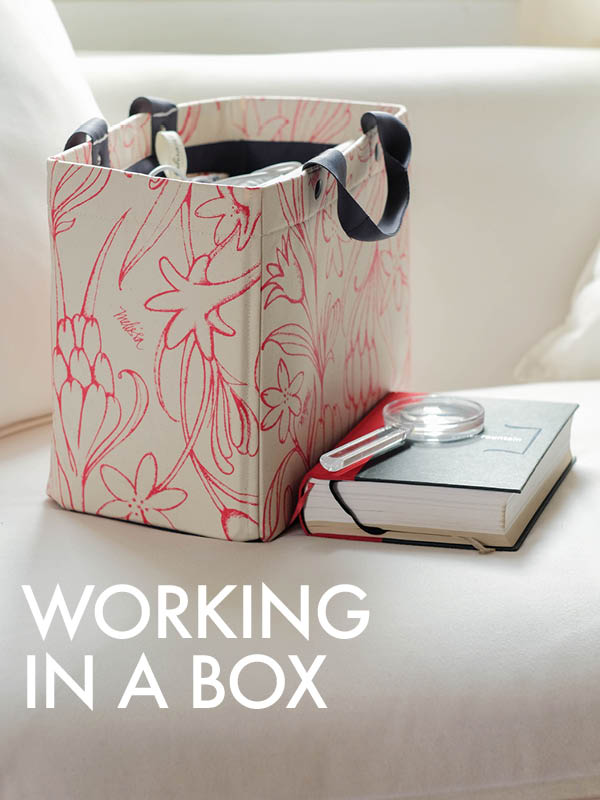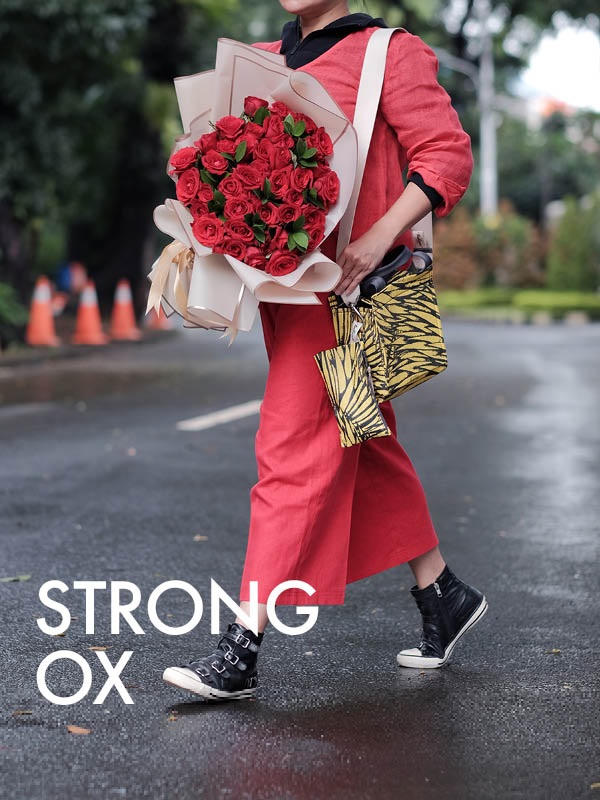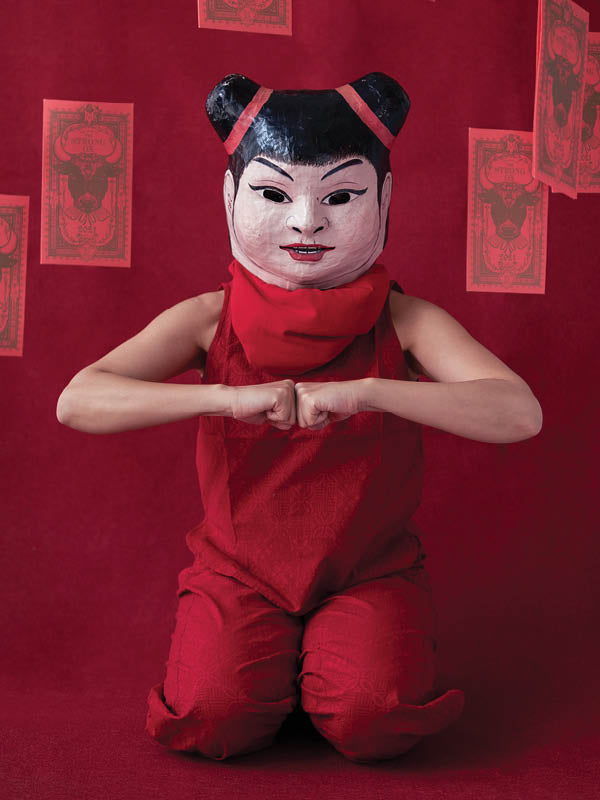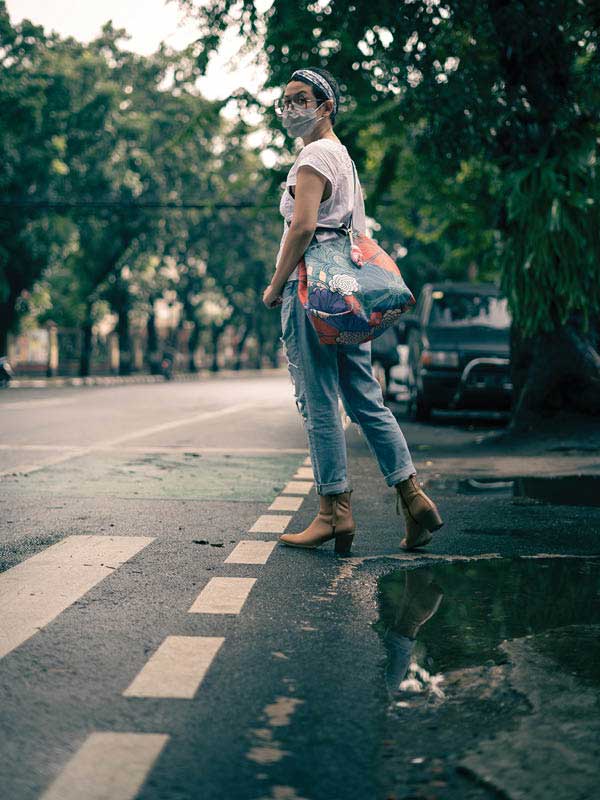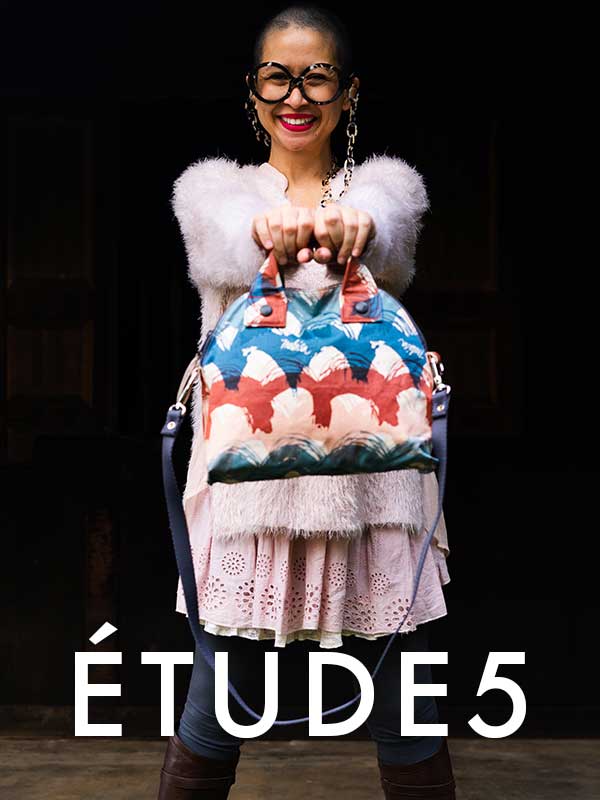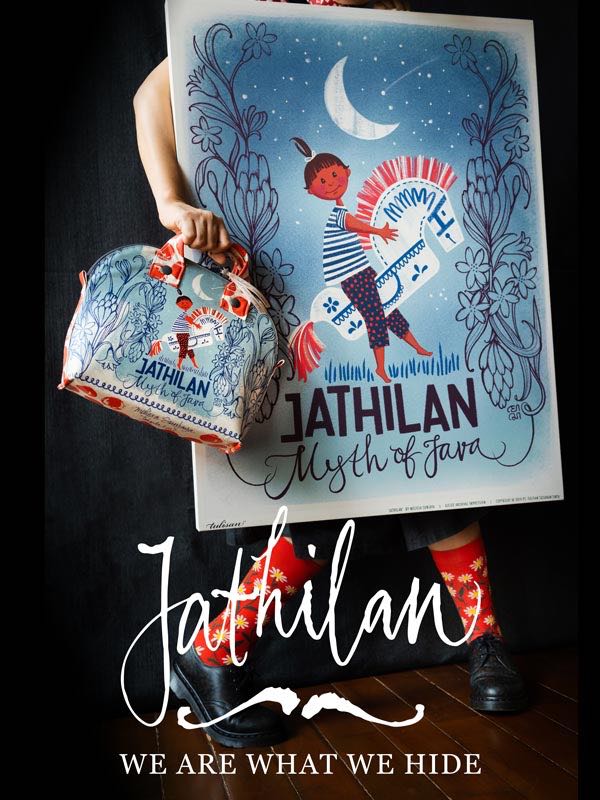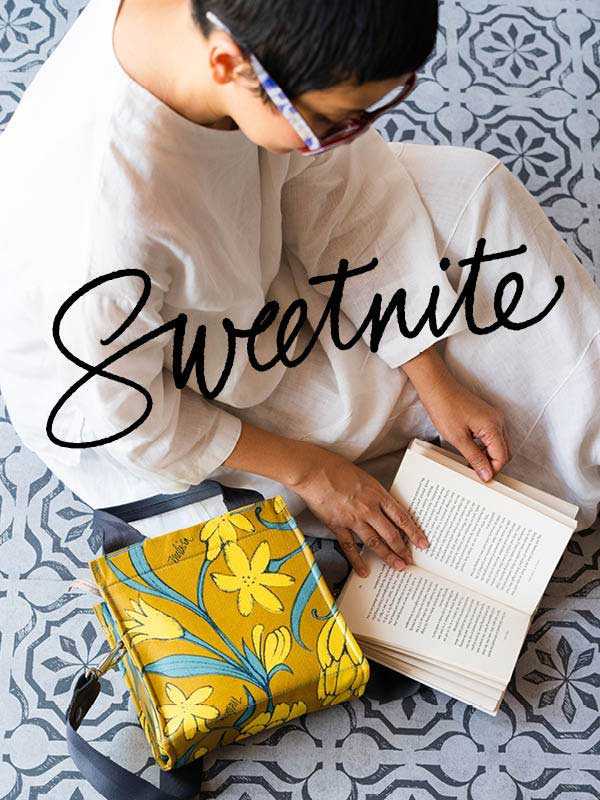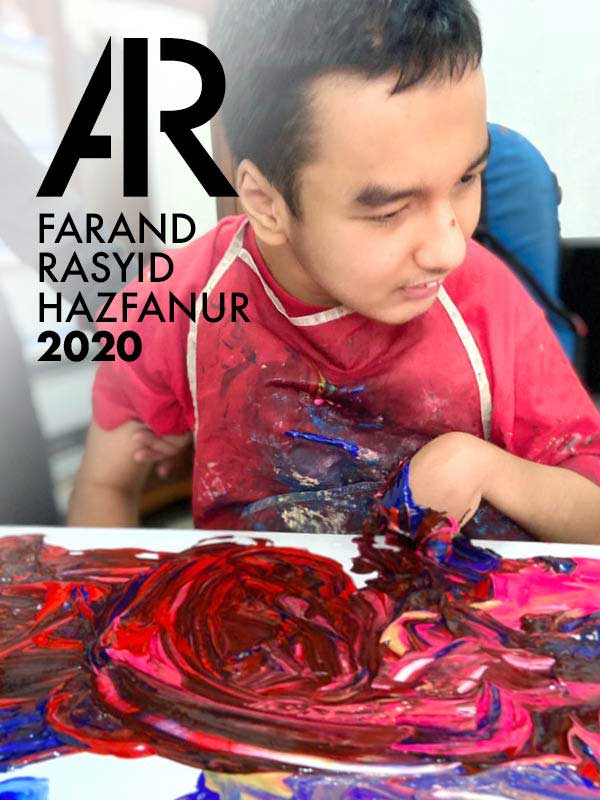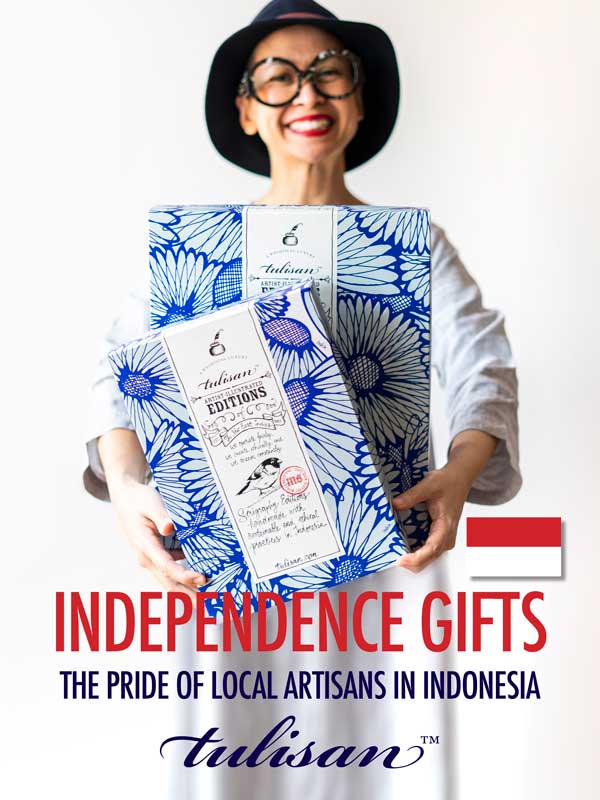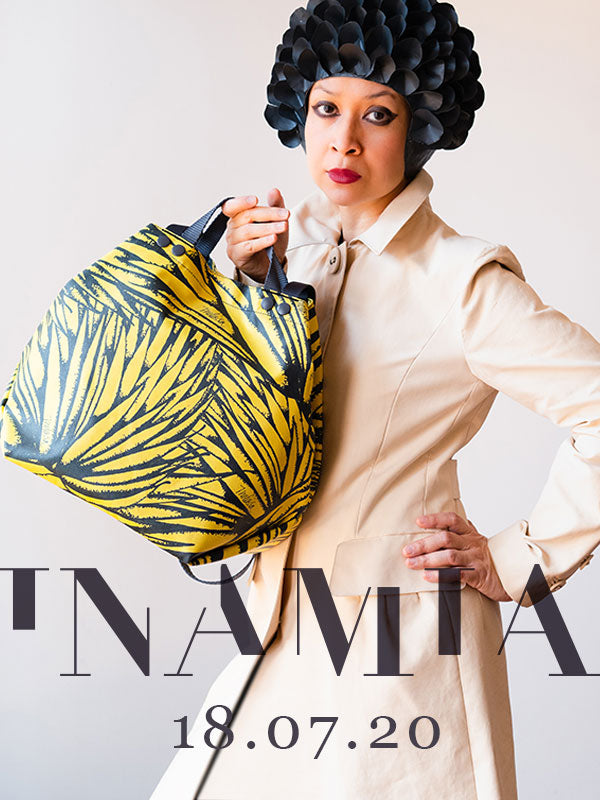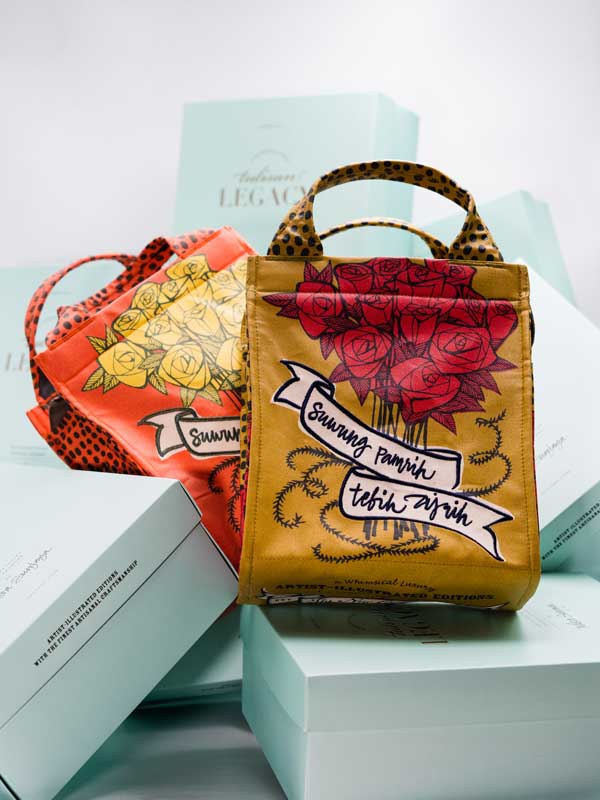#1. Preparing The Film
– Every color is a separate film.
– An overlay of 2 or more colors might produce another extra color to the palette.
#2. Washing The Screens
– The screens are washed using an emulsion cleaner* and pressured washer hose.
* We can use distilled vinegar or magic eraser for stubborn stains.
#3. Preparing The Screen
– The screen is covered by photo-sensitive emulsion
– Sandwich the film with a glass over emulsion covered screen. Then expose the screen using natural sunlight or UV light source.
#4. Quality Control of Screens
– Hold the dry screen against the light to cheek if there are any holes. Use the screen fillers to patch these holes up.
#5. Preparing Color Draw-Downs
– We typically select 12 color patches for each collection. It’s necessary to make draw-downs of these colors on the actual canvas.
– We use Pantone colors for the home to set the formula standards for mixing.
#6. We Use Pantone Color Systems
– This Pantone Systems offer color mixing formulation calculator
– We use water based pigments and binders, which allow transparency between the layers of colors.
#7. Preparing The Canvas
– We use non-bleached raw cotton canvas, so the speckles seen throughout the surface of the materials are not dust particles. They are cotton seeds.
– Each canvas is trimmed and cleaned before serigraphy process is applied.
#8. Serigraphy Table
– It’s important that the work area and the serigraphy table are cleaned. Dust particles, small threads, or excess table glue can disrupt work method, as we aim to achieve maximum results.
#9. Water Based Pigments
– We use certified environmental-friendly inks and binders the best quality components available for this industry.
#10. Applying Serigraphy
– Serigraphy = silkscreen
– All process are drawn manually. It is normal to achieve unevenness of color throughout the whole collection.
– Each serigraphy pull produces a unique hand-made impression.
#11. Drying in Between Colors
– Every color application is a complete meticulous process. Every screened canvas requires a thorough drying process before the application of the next color.
#12. Protective Coating
– We use Poly Urethane protective coating on the overall final printed canvas. This coating gives water resistant property to the material, making it more durable.
#13. Heat Pressing
– We heat press each printed materials, for caring process.
#14. Final Printed Serigraphy
– After the caring process, all of the printed canvas sheets are trimmed along the fraying edges and prepared for the next process: cutting pattern.
Instagram: @mytulisan
Facebook: Tulisan
Twitter: @mytulisan
Youtube Channel: Tulisan Jakarta
Illustrated by Melissa Sunjaya
Text by Melissa Sunjaya
Photography by Krishni Swandayani
Tulisan Chronicles Team

















